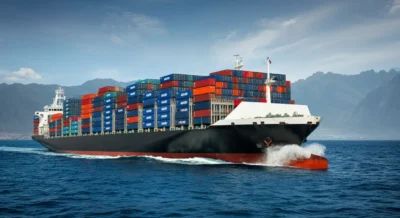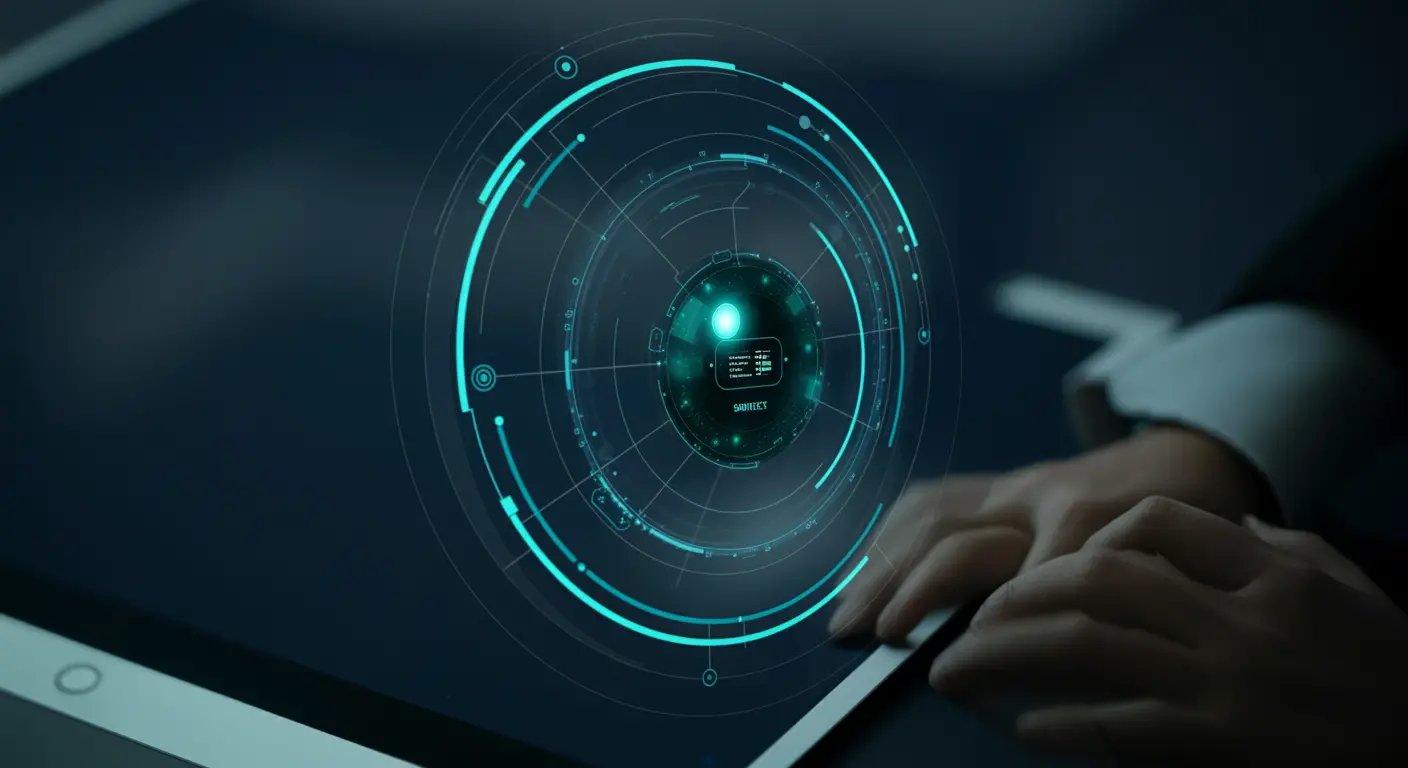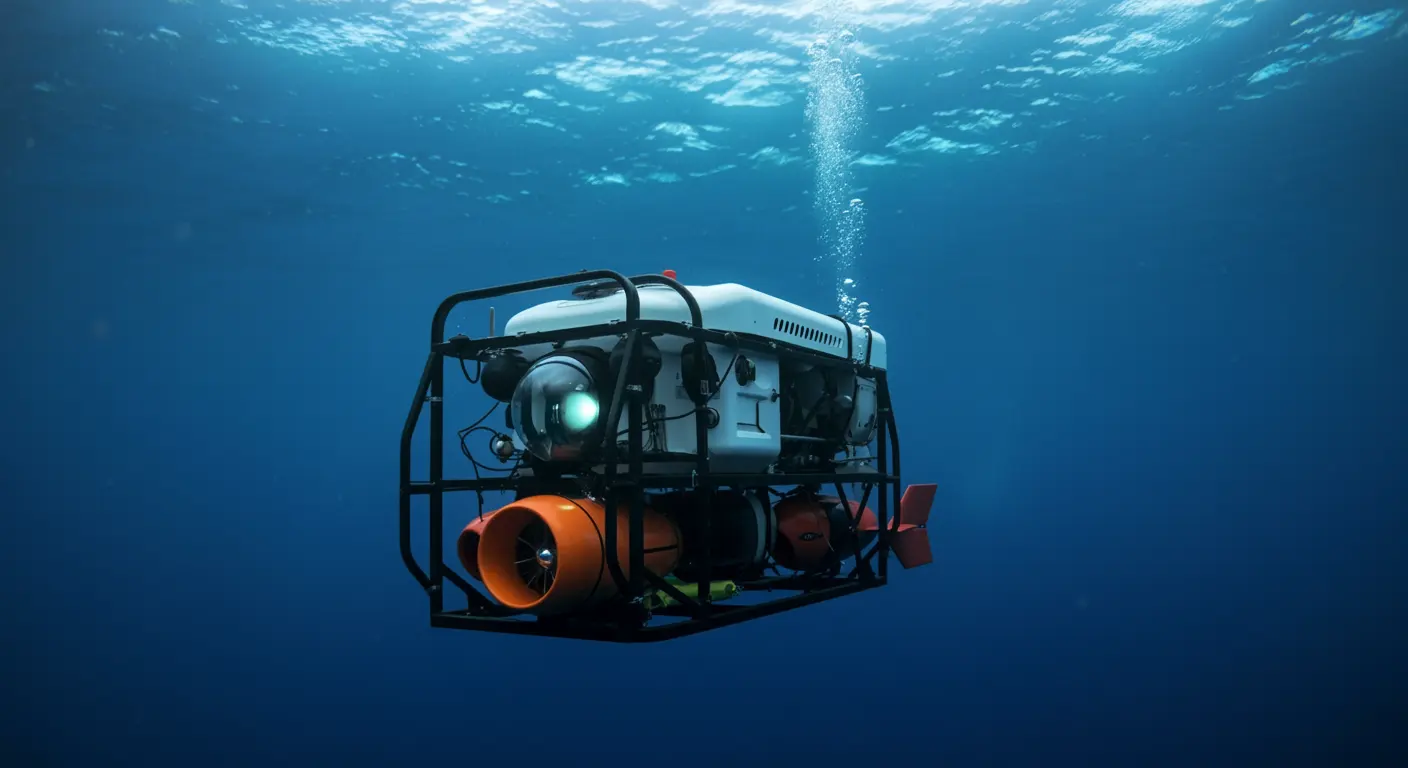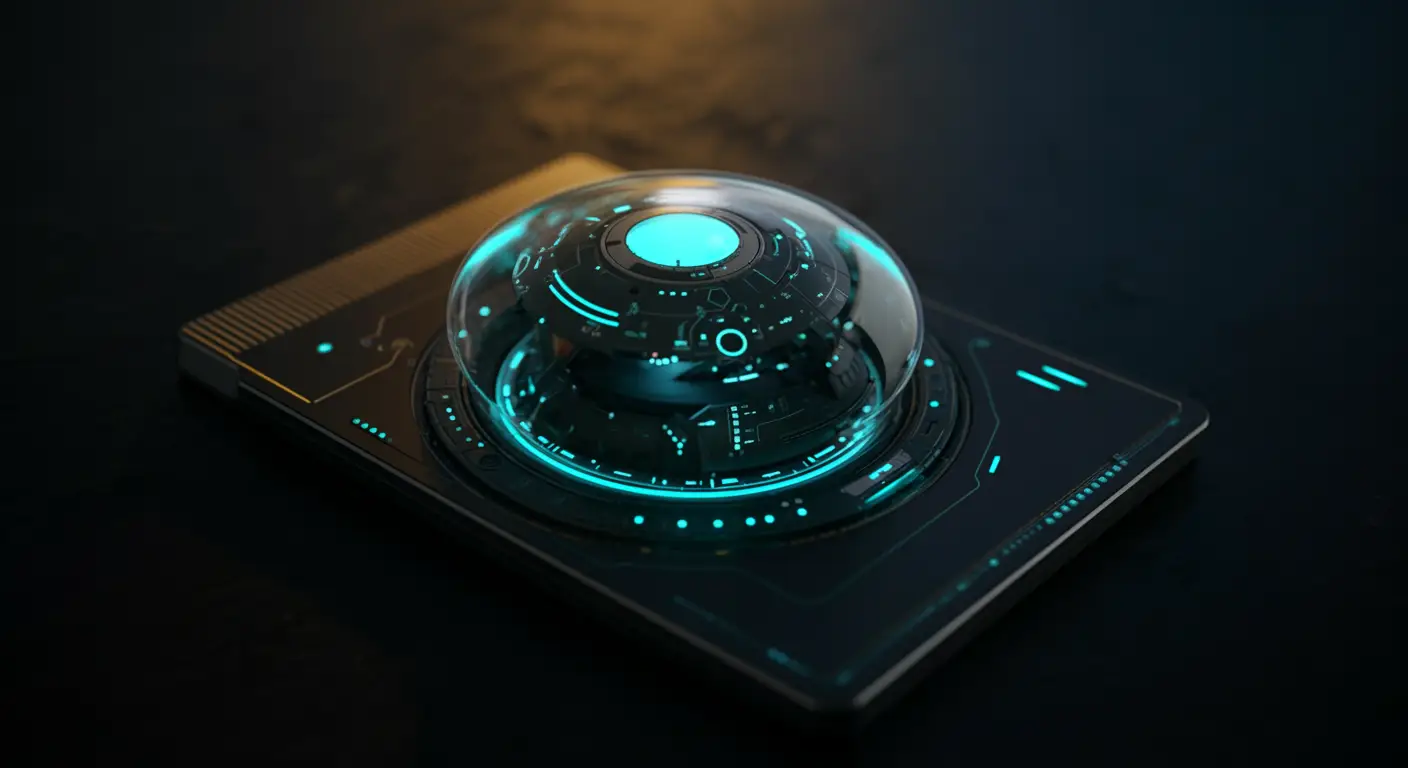Intelligent Marine Traffic Management Systems (Optimizing Shipping Routes)
Introduction: The Ocean’s Highways
Welcome to Techove UK. We can write our amazing content experiment about Intelligent Marine Traffic Management Systems: Enhance Safety & Efficiency with powerful details and information.
Marine traffic management systems ensure ships’ safe and efficient movement across oceans and waterways. With the increasing number of vessels transporting goods and passengers, managing marine traffic has become more complex. Intelligent Marine Traffic Management Systems (IMTMS) use advanced technologies like Machine Learning (ML), Artificial Intelligence (AI), and sensors to improve safety, reduce environmental impact, and optimize routes.
Imagine a world where ships can talk to each other, predict weather conditions, avoid collisions, and find the fastest routes, all without human intervention. Sounds magical? Well, it’s not magic; it’s technology! Let’s dive deep into how these intelligent systems work and why they are important for global trade.
What Are Intelligent Marine Traffic Management Systems?
Intelligent Marine Traffic Management Systems (Optimizing Shipping Routes) are advanced technological frameworks designed to manage maritime traffic efficiently. They combine IoT-based sensors, AI algorithms, AIS data, and Vessel Traffic Services (VTS) to optimize shipping routes and enhance safety.
These systems act as the brain of maritime transportation systems by analyzing real-time data from ships, ports, and weather stations. They help reduce fuel consumption, minimize delays at sea, and ensure compliance with environmental regulations.
Intelligent Marine Traffic Management Systems integrate technology to monitor, predict, and manage vessel movements. These systems use tools such as:
- Automatic Identification System (AIS): Tracks ship locations in real time.
- Machine Learning Algorithms: Predict vessel arrival times or detect anomalies.
- Environmental Sensors: Monitor weather conditions and sea currents.
- Radar Systems: Detect nearby objects to avoid collisions.
These technologies work together to ensure smooth operations in busy ports and shipping lanes.
For example:
- A ship with an IoT-based navigation system can receive real-time updates about nearby vessels using AIS.
- AI-powered algorithms can calculate the best route based on weather forecasts and ocean currents.
- VTS centers monitor marine traffic just like air traffic control towers monitor airplanes.
In short, these systems make maritime transportation smarter and safer!
Why Do We Need Intelligent Marine Traffic Management Systems?
The oceans may seem vast and empty but are bustling with activity. According to statistics from 2020–2024:
- Over 90% of global trade is carried out by sea.
- The number of active merchant ships increased by 12% during this period.
- Maritime accidents caused by human error accounted for nearly 75% of all incidents.
With such high stakes in marine transportation systems, relying solely on human judgment is no longer sufficient. Here’s why Intelligent Marine Traffic Management Systems (Optimizing Shipping Routes) are essential:
- Safety First: These systems reduce the risk of collisions by providing real-time traffic updates.
- Fuel Efficiency: Optimized routes save fuel costs and reduce carbon emissions.
- Time-Saving: Ships can avoid congested areas and reach their destinations faster.
- Environmental Protection: By monitoring emissions using IoT-based sensors, these systems help comply with international environmental standards.
- Smart City Integration: Ports connected to smart city networks benefit from seamless logistics operations.
👉Related Post: Marine IoT: Connect Every Aspect of Your Vessel
How Do Intelligent Marine Traffic Management Systems Work?
Let’s break down how these intelligent systems function step-by-step:
1. Data Collection Using IoT-Based Sensors
Today, ships are equipped with IoT-based sensors that collect data about speed, location, fuel consumption, engine performance, and more. These sensors act as the ship’s eyes and ears.
- IoT-based sensors monitor engine performance, fuel levels, and weather conditions.
- These sensors communicate with central systems to provide up-to-date information about vessel status.
2. Communication via AIS
The Automatic Identification System (AIS) allows ships to communicate with each other by sharing their position, speed, course direction, and other vital information. This ensures that vessels maintain safe distances from one another.
AIS is like a GPS tracker for ships:
- It transmits information about a vessel’s location, speed, and direction.
- AIS data helps authorities track ship movements and detect anomalies such as unauthorized route deviations or suspicious behavior.
3. Real-Time Monitoring Through VTS
Vessel Traffic Services (VTS) centers use radar systems and satellite imagery to monitor marine traffic in specific regions. They provide guidance to ships entering or leaving busy ports.
- It provides guidance to vessels entering or leaving ports.
- VTS operators use radar systems and AI tools to manage traffic flow efficiently.
4. Route Optimization Using Artificial Intelligence
AI algorithms analyze data collected from IoT devices and AIS to suggest optimal shipping routes based on weather conditions, ocean currents, and port congestion levels.
For example:
- AI algorithms can predict potential bottlenecks in busy shipping lanes.
- Machine learning models can analyze historical data to suggest optimal routes based on past trends.
5. Integration with Smart City Infrastructure
Ports connected to smart city networks use advanced architecture designs for efficient cargo handling and logistics management.
6. Traffic Signal-Like Coordination
In busy ports or canals, these systems function like traffic signals in smart cities, directing which ships go where and when.
By seamlessly combining these technologies into one system architecture framework powered by AI, marine transportation becomes intelligent and highly efficient!
Benefits of Intelligent Marine Traffic Management Systems
Here are some key benefits of implementing Intelligent Marine Traffic Management Systems (Optimizing Shipping Routes):
1. Enhanced Safety
With real-time monitoring through VTS centers combined with AIS communication between vessels:
- Collisions have decreased by over 30% since 2020.
- Early detection of anomalies has prevented countless accidents at sea.
2. Cost Savings
By optimizing shipping routes:
- Fuel costs have been reduced by up to 15% per voyage.
- Maintenance costs have decreased due to predictive analytics powered by AI.
3. Environmental Sustainability
IoT-based sensors monitor emissions in real time:
- Carbon dioxide emissions from shipping have dropped by approximately 10 million tons annually since these technologies were adopted globally between 2020 and 2024.
4. Improved Efficiency
AI-powered route optimization ensures timely arrivals:
- Average delays at major ports have been reduced from 8 hours in 2020 to under 3 hours in 2024!
Why Are IMTMS Important?
- Safety: Prevents accidents by detecting potential collisions early.
- Efficiency: Optimizes routes to save fuel and reduce travel time.
- Environmental Protection: Reduces emissions by planning eco-friendly routes.
- Cost Savings: Minimizes delays at ports, saving shipping companies money.
Real-Life Applications: Where Are They Used?
From bustling ports in Singapore to remote Arctic waters where icebreakers navigate treacherous paths, Intelligent Marine Traffic Management Systems (Optimizing Shipping Routes) are making waves worldwide!
For example:
- In Rotterdam Port (one of Europe’s busiest), IoT-based solutions combined with AI have reduced waiting times by over 30%.
- The Panama Canal uses VTS technology, similar to traffic signals in smart cities, to manage over 14,000 transits annually.
Intelligent Marine Traffic Management Systems (Case Study)
The Port of Rotterdam is one of the busiest ports in the world. It implemented an Intelligent Marine Traffic Management System to efficiently handle its growing maritime traffic.
Key Features of the System:
- Real-time tracking of over 30,000 vessels annually using AIS data.
- Predictive analytics for estimating vessel arrival times with 95% accuracy.
- Integration with weather monitoring systems to adjust schedules during storms.
- Automated alerts for detecting unusual vessel behavior.
Statistical Data Table
| Feature | Before IMTMS Implementation | After IMTMS Implementation |
|---|---|---|
| Average Vessel Waiting Time | 8 hours | 2 hours |
| Annual Fuel Consumption | 500 million liters | 450 million liters |
| Collision Incidents Per Year | 15 | 5 |
| CO2 Emissions | 1 million tons | 800,000 tons |
| Port Efficiency Rating | 70% | 90% |
Benefits Observed
- Reduced Waiting Times: Due to better scheduling, Ships now spend less time waiting at ports.
- Lower Fuel Usage: Optimized routes have reduced fuel consumption by 10%.
- Fewer Accidents: Collision incidents dropped by over 65%.
- Environmental Impact: CO2 emissions decreased significantly, contributing to sustainability goals.
Challenges Faced
While IMTMS has shown great results, some challenges remain:
- High initial costs for implementing advanced technologies.
- Training personnel to operate these systems effectively.
- Ensuring data security against cyber threats.
Implementing Intelligent Marine Traffic Management Systems has revolutionized managing maritime traffic worldwide. The Port of Rotterdam case study demonstrates significant efficiency, safety, and environmental sustainability improvements through these systems.
Challenges in Implementing These Systems
While these systems sound amazing on paper (and they are!), there are hurdles too:
- High initial costs for installing IoT-based infrastructure.
- Cybersecurity risks, imagine hackers taking control of AIS data!
- Resistance from traditional shipping companies reluctant to adopt new technologies.
However, advancements in technology continue to address these challenges head-on.
The Role of Smart Cities in Maritime Transportation
You might wonder: What do smart cities have to do with oceans? Well:
- Ports are extensions of cities.
- As smart cities use intelligent transport systems for vehicles on land, ports use similar tech for managing marine traffic.
For instance:
- Smart city principles guide port operations with automated cranes unloading cargo based on real-time ship schedules.
- IoT-based networks connect land logistics with sea transportation seamlessly!
Conclusion: Intelligent Marine Traffic Management Systems
The ocean is big and gorgeous, but it is also a busy highway for ships transporting commodities worldwide. Intelligent Marine Traffic Management Systems (Optimizing Shipping Routes) are the unsung heroes that keep the highway operating smoothly. These systems use IoT, AIS, and AI to assure safe, efficient, and environmentally friendly navigation for ships.
These technologies will play a significant role in global connectivity in the future of smart cities and intelligent transportation. So, the next time you see a ship on the horizon, consider the remarkable technology that is securely directing it to its destination. Intelligent Marine Traffic Management Systems optimize shipping routes, despite the ocean’s vastness.
As we progress toward a future of smart cities and intelligent transportation, these technologies will play an increasingly more important role in linking the world. So, the next time you see a ship on the horizon, consider the remarkable technology that securely directs it to its goal.
The ocean is huge, but Intelligent Marine Traffic Management Systems (Optimizing Shipping Routes) make it more manageable.
The tide is rising, and the time to act is now.





